Red Tail Boas
Updated on 04/26/24
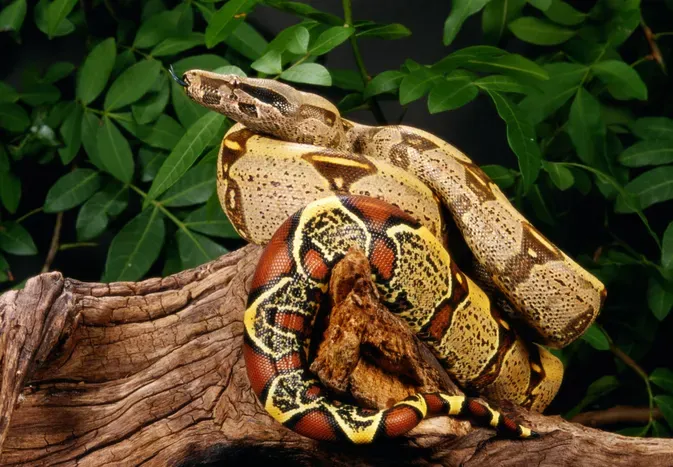
Unveiling the Enigmatic Beauty of Red Tail Boas: A Comprehensive Guide to Care and Captivation
In the realm of herpetology, few species ignite the same fascination and allure as the enigmatic Red Tail Boa (Boa constrictor). These magnificent serpents, native to the tropical rainforests of Central and South America, have captured the hearts of reptile enthusiasts worldwide with their captivating colors, impressive size, and gentle demeanor.
If you're considering adding a Red Tail Boa to your family of scaly companions, this comprehensive guide will equip you with the essential knowledge to provide exceptional care and create an enriching environment for your beloved boa. From their natural history and captivating behaviors to expert advice on diet, housing, and health, this post will delve into every aspect of Red Tail Boa care, empowering you to foster a thriving bond with these extraordinary creatures.
A Journey into the Realm of Red Tail Boas: Natural History and Captivating Behaviors
Red Tail Boas belong to the family Boidae, a group of non-venomous constrictors renowned for their impressive size and muscular prowess. These apex predators play a crucial role in maintaining the ecological balance of their native habitats, primarily feeding on small mammals, birds, and occasionally other reptiles.
As solitary creatures, Red Tail Boas spend most of their lives in seclusion, seeking refuge in burrows, hollow logs, or dense vegetation. Their nocturnal nature allows them to avoid potential predators and capitalize on the abundance of prey under the cloak of darkness.
Selecting the Ideal Red Tail Boa for Your Lifestyle: Morphs and Temperament
The diversity of Red Tail Boas is truly remarkable, with numerous morphs exhibiting a kaleidoscope of colors, patterns, and sizes. From the classic red-tailed morph to the striking albino, hypomelanistic, and sunglow morphs, there's a Red Tail Boa to suit every aesthetic preference.
When choosing a Red Tail Boa, it's essential to consider their temperament and suitability for your lifestyle. Typically, Red Tail Boas are docile and gentle, making them ideal for experienced and novice keepers alike. However, their size and strength require responsible handling and proper precautions to ensure both the boa's well-being and your safety.
Creating a Tailored Haven for Your Red Tail Boa: Housing and Environmental Parameters
Providing an appropriate enclosure is paramount for the health and well-being of your Red Tail Boa. The enclosure should be spacious enough to accommodate your boa's size, allowing them to move freely and engage in natural behaviors.
Temperature and humidity play crucial roles in maintaining your boa's optimal health. Establish a warm end of the enclosure between 85-90°F (29-32°C) and a cooler end between 75-80°F (24-27°C). Humidity should be maintained at 60-80% to support shedding and prevent respiratory issues.
Nurturing Your Red Tail Boa's Hunting Instincts: Diet and Feeding
In the wild, Red Tail Boas are opportunistic predators, primarily feeding on small mammals and birds. Captive boas require a specialized diet that mimics their natural prey.
Frozen/thawed rodents are the most common food source for captive Red Tail Boas. The size and frequency of feedings should be adjusted based on the boa's age, size, and metabolism. Hatchlings typically feed on small mice every 7-10 days, while adults may only require feeding once every 2-3 weeks.
Maintaining Pristine Health for Your Red Tail Boa: Common Health Concerns and Prevention
Like all living creatures, Red Tail Boas are susceptible to various health concerns. Understanding common ailments and preventive measures is crucial for ensuring your boa's longevity and well-being.
Respiratory infections, skin infections, and parasites are some of the most common health issues in Red Tail Boas. Maintaining proper hygiene, providing a clean and適切な環境, and regular veterinary checkups are essential for preventing and managing these conditions.
Handling Your Red Tail Boa with Confidence and Care: Essential Techniques and Safety Considerations
Handling a Red Tail Boa requires a combination of confidence and respect for their strength and potential defensive mechanisms. Always approach your boa calmly and avoid sudden movements that may startle them.
Support the boa's body securely, using both hands, and maintain a firm but gentle grip. Be aware of your boa's body language and respect their boundaries to minimize stress and build trust.
Conclusion: Embarking on a Rewarding Journey with Red Tail Boas
Welcoming a Red Tail Boa into your home is an extraordinary experience that brings immense joy and fascination. By understanding their natural history, providing tailored care, and nurturing their well-being, you can foster a profound bond with these captivating creatures.
Remember, every Red Tail Boa is unique, with its own personality and needs. By observing your boa's behavior, seeking expert advice when necessary, and providing unwavering love and care, you can create a fulfilling and enriching environment where your boa can thrive and enchant you for years to come.
Explore More Pets
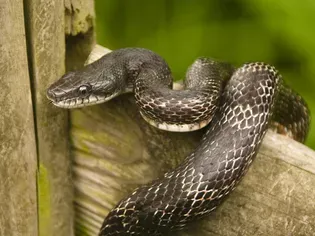
Pet Snake Species
Black Rat Snake: Species Profile

Pet Snake Species
How to Care for a Pet Corn Snake
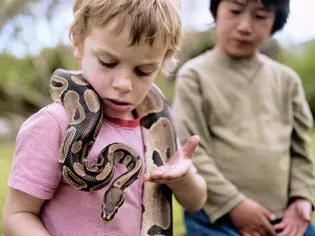
Pet Snake Species
Do Ball Pythons Make Good Pets?
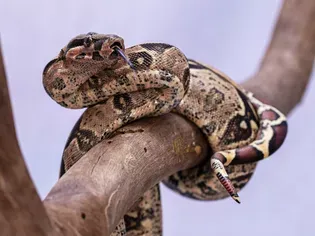
Pet Snake Species
Central American Boa Species Profile
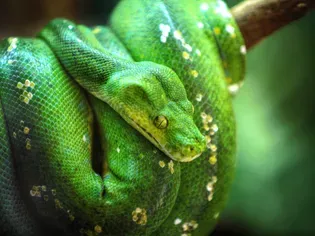
Pet Snake Species
How to Care for a Pet Green Tree Python
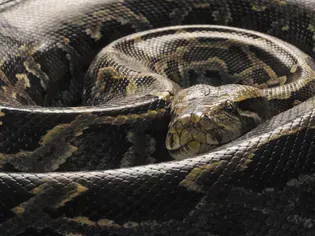
Pet Snake Species
Burmese Pythons: Species Profile
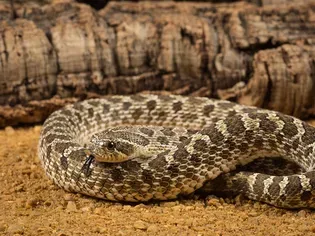
Pet Snake Species
Hognose Snake: Species Profile
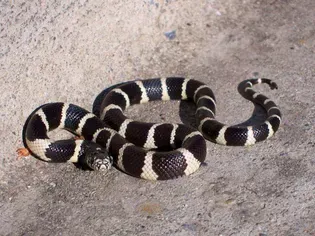
Pet Snake Species
Kingsnakes and Milk Snakes: Species Profile